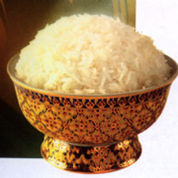
A spice is a dried seed, fruit, root, bark, leaf, or vegetable substance that is used for the purpose of flavor, color, or as a preservative that helps kill bacteria or prevents their growth.
The evidence of the use of spice by man dates back to 50,000 BC.
The Spice trade formed in the Middle East as early as 2,000 BC with cinnamon and pepper.
In the modern era in which we live the amount of spices at our availability is abundant. This has not always been the case in the past.
In the ancient and medieval times spice was a rare and precious commodity. In fact spice played an important role in the development in Western civilization.
Not only do hot spices give your food the kick it needs but they also hold many health advantages. Hot food is proven to kill microbes and burn calories.
Spicy food makes you feel hot and the body senses this and releases endorphins that make you feel good. Who knew that eating spicy foods could even be considered euphoric?
(I chose to do this report due to my love for hot food. I am especially fond of chili peppers. I felt it necessary to include this section)
Chili peppers can increase the heat of any dish.
The Reason why chili peppers can be so hot is because they contain a chemical compound called capsaicin.

Capsaicin stimulates chemoreceptor nerve in the skin, especially in the mucous membrane. The more Capsaicin the hotter you get.

There are many different kinds of chili peppers. All peppers vary in size color and heat. The table that is most commonly used to discern the heat levels of peppers is called the The Scoville Scale.

















